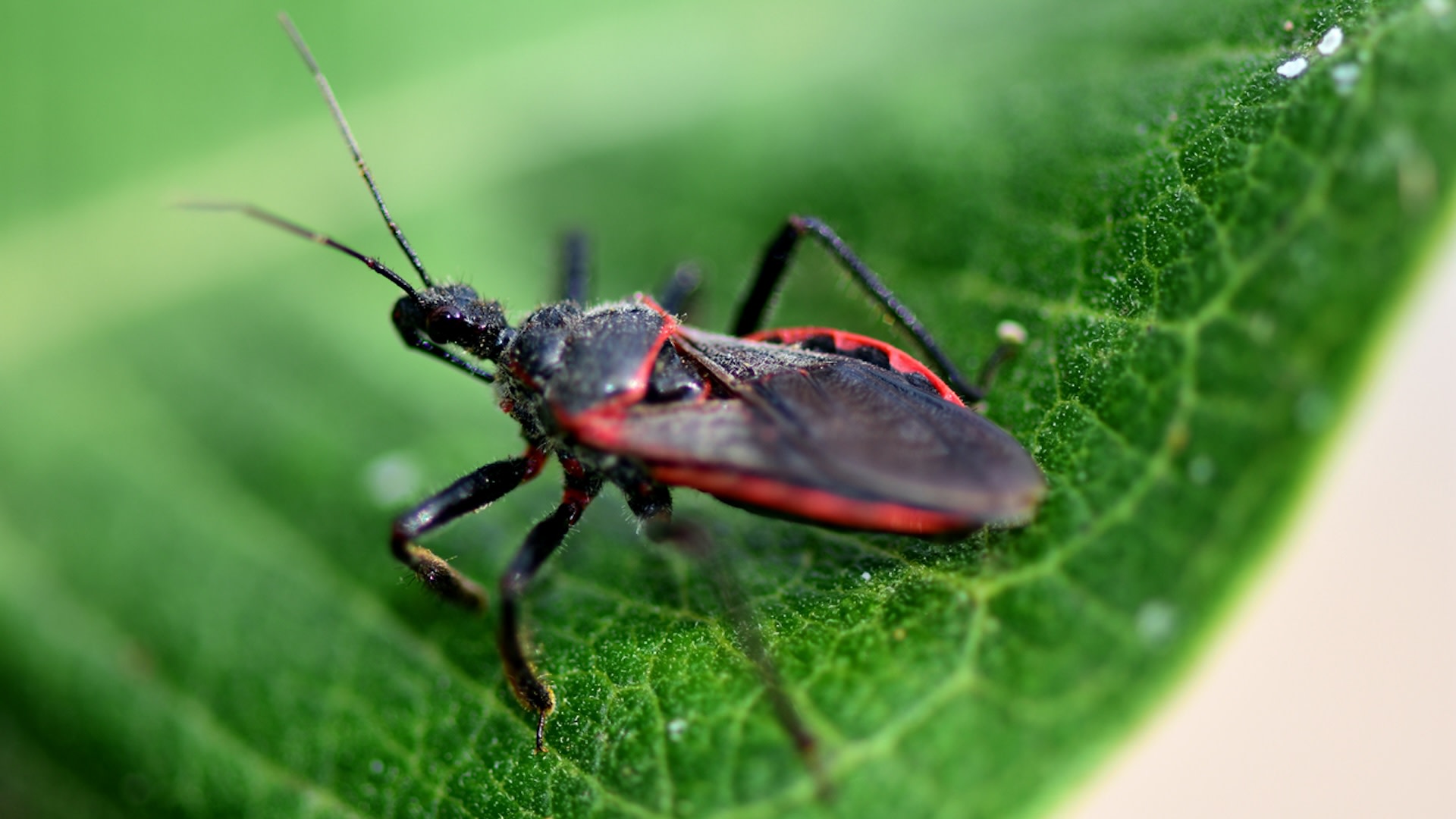Fitness
Scientists optimistic about future of infectious disease control after successfully using gene-editing technology on blood-sucking insect: ‘This has important implications’

A study showing that potentially deadly kissing bugs can be genetically modified promises to further advance the already booming field of gene editing, and the development could provide a tool for fighting infectious diseases.
Also known as triatomine bugs, the insects are blood-suckers from the assassin family. They are the primary vector for Chagas disease, according to a news release about the paper, which was published in The CRISPR Journal.
Chagas disease can cause heart and digestive system problems and even death. People become infected via exposure to the feces of the bug, and symptoms include swelling of an eyelid, fever, tiredness, and body aches.
Although most common in Central and South America, the kissing bugs that transmit the disease live in the United States and Canada as well. Like non-native ticks that have quickly expanded their range in the U.S., these bugs may be on the move, raising concerns about increased disease incidence caused by rising global temperatures.
“For the last six years, we have been developing tools to genetically modify difficult organisms,” study co-author and Pennsylvania State University professor Jason Rasgon said. “Here, we showed that you could genetically modify this vector insect. Our technology has the potential to make gene editing more efficient, easier, and cheaper in a wide range of animals.”
The chair of the school’s disease epidemiology and biotechnology program, Rasgon indicated that kissing bugs are hard to engineer because their eggs are difficult to pierce. So, the scientists injected the CRISPR gene editing material into the bugs’ circulatory systems instead, and it made its way to developing eggs.
“It’s the equivalent of injecting every single egg in her body all at the same time,” Rasgon said.
The study sought to modify genes that determine the colors of the bugs’ eyes and cuticles, or body coverings. It proved successful when the team observed offspring with altered eye or cuticle colors.
“This has important implications for basic research, but it also brings triatomine bugs and Chagas disease into conversations about genetic technologies for the control of vector-borne pathogens,” Rasgon said. “We are on the cusp of having the technology and tools available to be able to do that.”
Other attempts are being made to reduce the spread of vector-borne diseases from blood-sucking pests, such as a British biotechnology company’s releasing genetically modified mosquitoes to kill those that spread dengue fever in Brazil. The World Health Organization also recently approved a vaccine that would protect against four strains of the dengue virus.
Join our free newsletter for weekly updates on the coolest innovations improving our lives and saving our planet.










